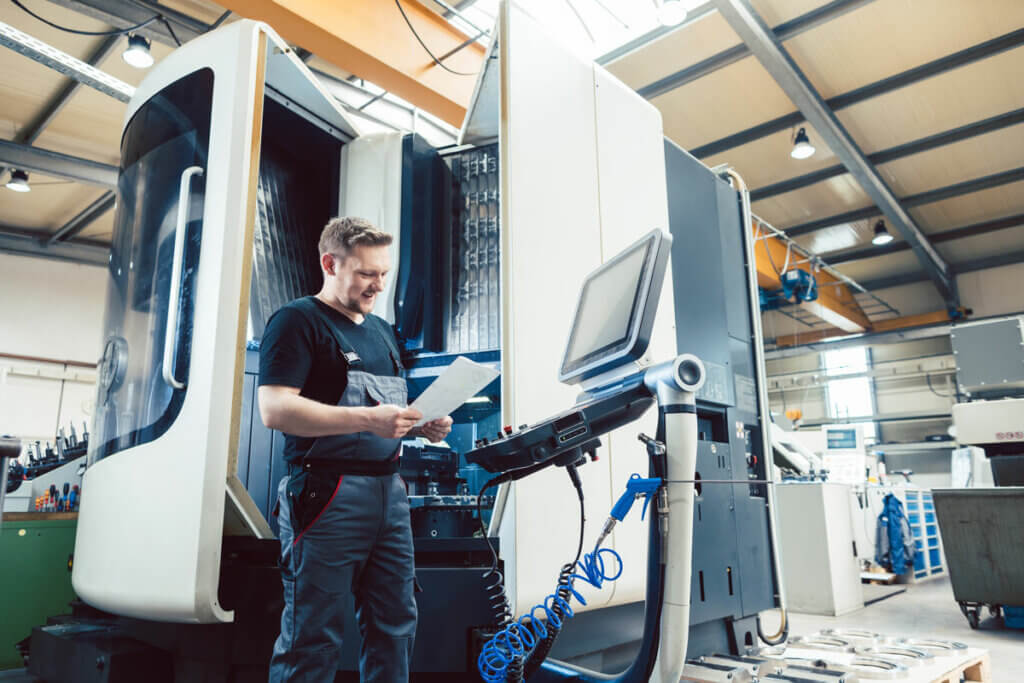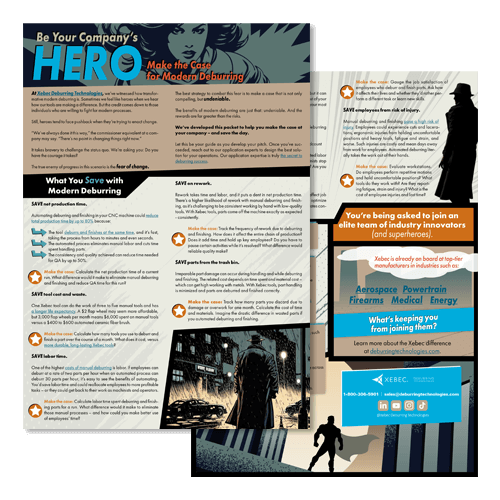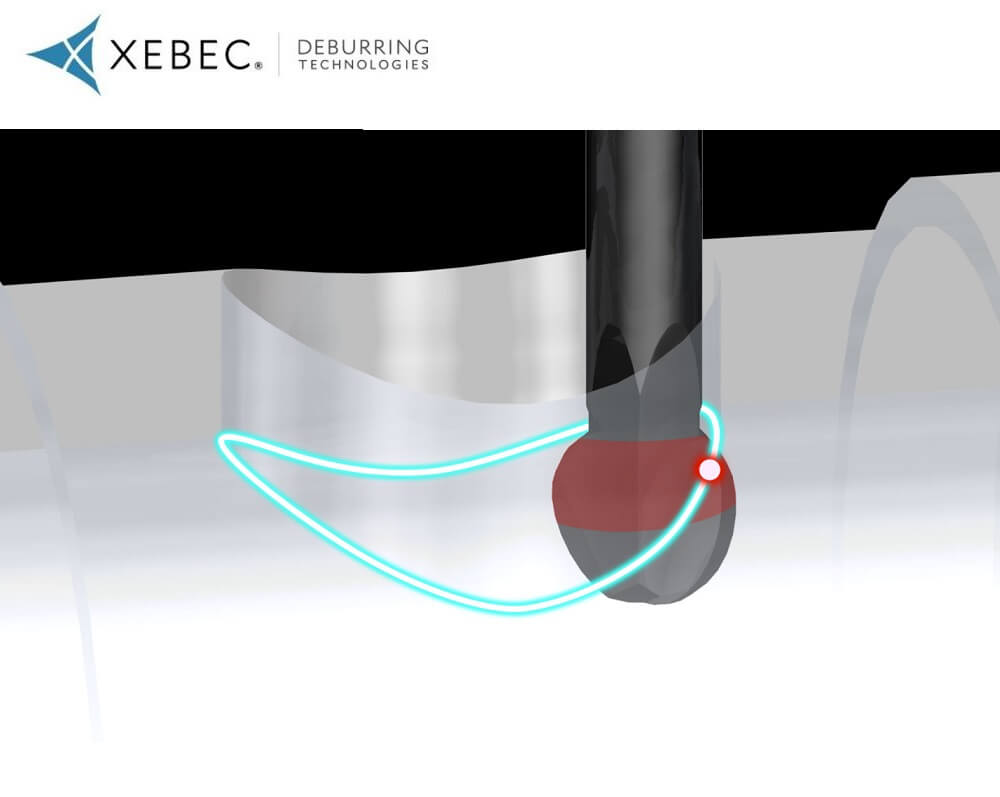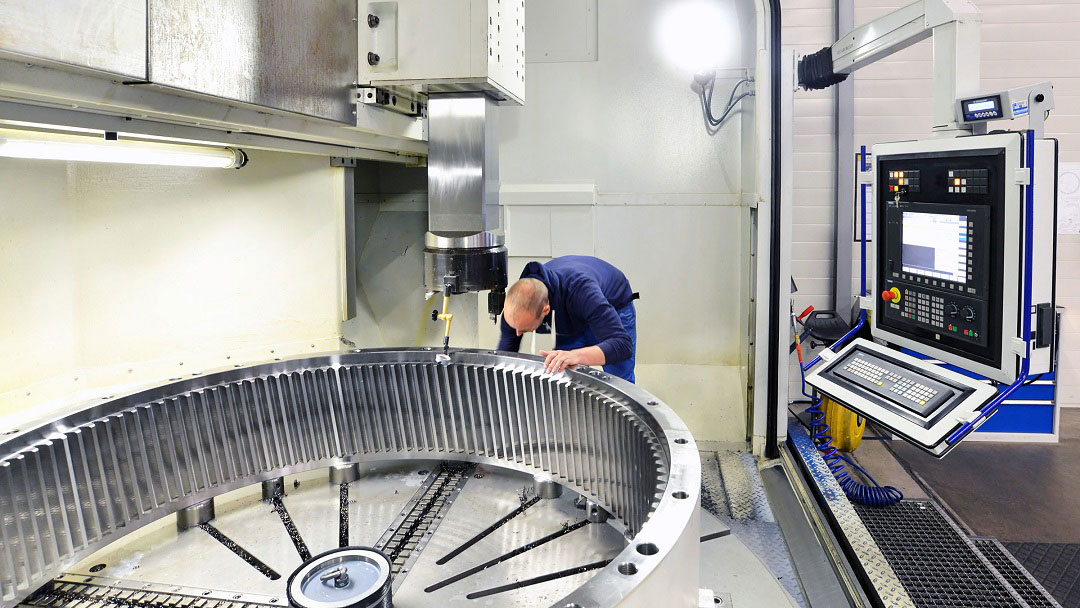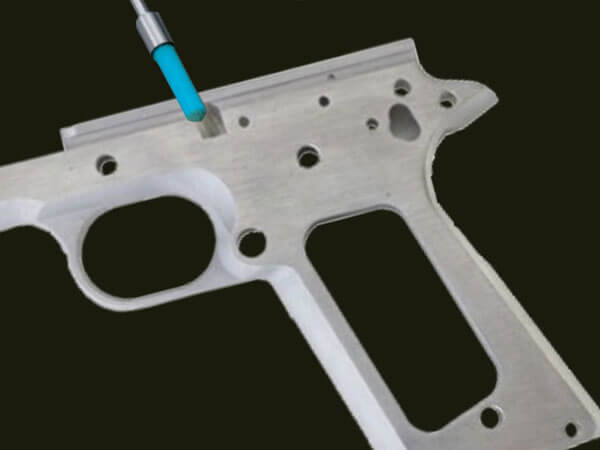At Xebec Deburring Technologies, we’ve witnessed first-hand how transformative modern deburring is for manufacturers. We’re proud and excited to bring our tools into the equation, as we know what’s possible. And sometimes we do feel like heroes when we hear how our tools are making a difference – for people, operations, budgets and more. But the hero credit truly comes down to those individuals who are willing to fight for what they believe in, and to modernize ancient processes for the benefit of their companies, fellow employees and customers.
But heroes tend to face pushback when they’re trying to convince leadership that change is necessary. Sticking with the status quo often seems like the safer bet.
“We’ve always done it this way,” the commissioner equivalent at a company may say. “There’s no point in changing things right now.”
It takes bravery to challenge the status quo and initiate a process change. We’re asking you: Do you have the courage it takes?
The true enemy of progress in this scenario is the fear of change.
What are these decision makers afraid of? Most have been burned by “great ideas” in the past. They’ve adopted a new software, trusted a new vendor, waited out an opportunity – and came to regret it.
The best strategy to combat this fear is to make a case that is not only compelling, but undeniable.
The benefits of modern deburring are just that: undeniable. And the rewards are far greater than the risks.
We’ve developed this packet to help you make the case at your company – and save the day.
Let this be your guide as you develop your pitch, whether it’s in an elevator or as a presentation to the execs. Once you’ve succeeded, reach out to our application experts to help design the most appropriate, efficient solution for your operations.
Our application expertise is truly the secret to deburring success. There are many ways we can help you use our products, and in many cases, manufacturers don’t need to upgrade their equipment to properly implement our tools.
What You Save with Modern Deburring
Save net production time.
Automating deburring and finishing in your CNC machine could reduce total production time by up to 80% because:
The tool deburrs and finishes at the same time, and it works faster than alternatives, taking the process from hours to minutes and even seconds.
The automated process eliminates manual labor and cuts time spent handling parts.
The consistency and quality achieved can reduce time needed for QA by up to 50%, so parts get out the door quicker.
Make the case: Calculate the net production time of one of your current runs. What difference would it make to eliminate manual deburring and finishing and reduce QA time for this run?
Save tool cost and waste.
With Xebec products, one tool can often do the work of several dozen manual tools (or hundreds of flap wheels) and they have a longer life expectancy. So, while a $2 flap wheel may seem like the more affordable option, if you’re tossing 3,000 flap wheels per month, you’re spending $6,000 on manual deburring tools versus a $400 to $600 automated ceramic fiber brush (more or less depending on type and size).
Make the case: Calculate how many tools you use and toss to deburr and finish a specific part over the course of a month. What does that end up costing you, versus the cost of more durable, long-lasting Xebec tools?
Save labor time.
One of the highest costs of manual deburring is labor. Let’s say you have multiple employees working at a deburring rate of two parts per hour. It’s easy to see the benefit of moving that process onto the machine and realizing a deburring a rate of, say, 30 parts per hour. You’d save the labor time spent by those employees, which you could then reallocate to more meaningful, profitable tasks. Or with many manufacturers, those employees can get back to their actual intended work – as machinists and operators.
Make the case: Calculate labor time spent deburring and finishing a set number of parts for a run. What difference would it make to eliminate those manual processes – and how could you make better use of those employees’ time.
Save on rework.
Rework is no small annoyance. It takes time and labor, and it puts a dent in net production time when a part has to go back through a process. There’s a higher likelihood of rework with manual deburring and finishing, as it’s challenging to be consistent working by hand with low-quality tools. But with Xebec tools, you can be sure parts will come off the machine exactly as expected – consistently.
Make the case: Track the frequency of rework in the deburring and finishing department. Consider how that rework affects the entire chain of production. How much time does it add? Does it hold up key employees? Do certain activities have to pause while it’s resolved, such as running a CNC machine? What difference would it make to have reliable quality and consistency?
Save parts from the trash bin.
If a part is damaged and can’t be reworked, it’s usually tossed. Damage occurs during handling and while deburring and finishing. The cost of such damage depends on the amount of time spent on the part and the expense of the material – which can get high working with metals. With Xebec tools, your operators won’t have to handle the part as much and they can rely on the tools to deburr and finish the part correctly.
Make the case: It’s no fun task, but track how many parts you have to discard due to damage or overwork over the course of a month. Calculate the cost of the part material and time spent working it. Imagine the drastic difference in wasted parts if you eliminated manual deburring and finishing.
Save operations from labor shortage strain.
While a single deburring tool cannot solve the industry-wide labor shortage, it can relieve your operations of some of the strain. You want to make the most of your employees’ time – and manual deburring and finishing aren’t your most profitable tasks. When you automate these tasks, you can:
Be more efficient with existing resources
Reduce downtime related to limited resources for deburring department
Make your facility more attractive to potential hires
Enable increased throughput without increasing headcount
Make the case: Evaluate the relationship between limited labor and your deburring and finishing processes. Do you have machinists stopping their regular work to deburr? Do parts sit in the deburring department for days, waiting for someone to be available? Are you struggling to hire for deburring and finishing tasks? Automating these tasks removes them from your long list of labor-related concerns.
Save your company from losing employees.
No matter who you have on manual deburring and finishing – whether it’s a dedicated department or machinists swapping in as needed – the work isn’t easy, and it can affect job satisfaction. When labor is hard to find and keep, you want to optimize labor intensive tasks. Deburring and finishing are prime candidates considering the ease and value of implementing automated tools.
Make the case: Gauge the job satisfaction of employees who perform manual deburring and finishing at your facility. Ask them how the work affects their daily lives and whether they’d rather shift to a different task they already know or learn new skills to grow at your company. What’s the general consensus?
Save employees from risk of injury.
We mentioned that manual deburring and finishing isn’t easy – but that’s not even the half of it. These processes pose a high risk of injury. Employees could experience cuts and lacerations, ergonomic injuries from holding uncomfortable positions and heavy tools, fatigue and strain, and worse. Such injuries are costly for manufacturers, and injured employees must spend days away from work. Automated deburring literally takes the work out of their hands, eliminating much of the risk.
Make the case: Evaluate workstations for manual deburring and finishing. What repetitive motions do employees have to perform, what positions do they have to hold and what tools do they work with? How often do employees report fatigue, strain and injury? What is the cost of employee injuries and lost time? Consider the impact if you were to eliminate these manual processes.
What You Gain with Modern Deburring
Boost process efficiency, productivity and profitability.
Enhance part quality, shop floor safety and employee morale.
Build resilience into your operations amid economic uncertainty.
Embrace the future of CNC machining.
Overcome modern manufacturing challenges such as the labor shortage.
Eliminate common production headaches.
Achieve greater sustainability by reducing waste across the board.
Optimize how you manage existing resources.

